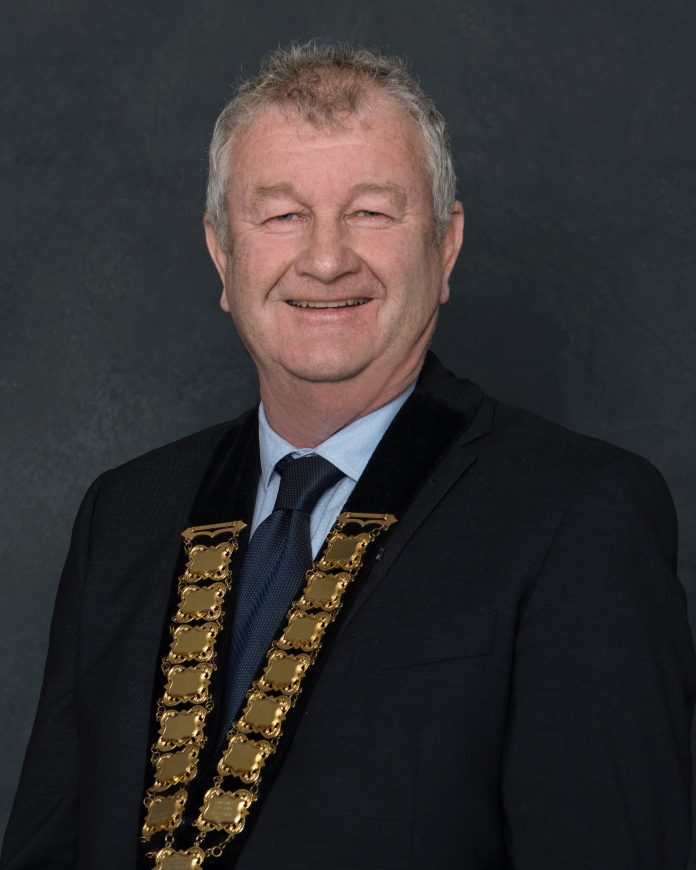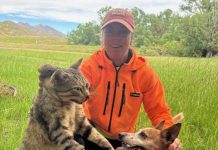Ashburton District mayor Neil Brown is cautious about changes to government’s water reform announced today by Minister of Local Government Kieran McAnulty.
They will be discussed in detail at the next council meeting on April 19.
Council will have an opportunity to discuss and clarify council’s position on the minister’s reset then, Mr Brown said.
Changes include 10 new regionally owned and led public water entities being established, the avoiding of a rates blow out which will deliver savings to households between $2,770-$5,400 per year by 2054 and entities owned by local councils on behalf of the public with entity borders to be based on existing regional areas.
Mr McAnulty said, after listening to feedback from local government, major changes would see 10 to the establishment of 10 new regionally led entities, which will still deliver big cost savings to New Zealand households.
“These reforms are absolutely essential. Leaving things as they are will mean unaffordable rate bills,” he said.
“Over the last few months I’ve been working closely with Local Government leaders and relevant stakeholders on how to progress New Zealand’s long overdue water infrastructure reforms.
“The feedback has been overwhelmingly clear that our water infrastructure deficit needs to be addressed now if we’re to save households from ballooning bills that will make water unaffordable. But also that the reform programme must be led at a regional level – we have listened closely and absolutely agree.”
Mr Brown said having 10 entities instead of four was an improvement but he was still concerned the community will have less input than they do now with council.
Under the three waters changes Ashburton District would be part of a Canterbury-West Coast entity – one of three in the South Island. There are 13 councils within Canterbury-West Coast entity.
Mayors have been told today the entities would continue to be owned by local councils on behalf of the public, but they would remain operationally and financially independent from them.
“I am pleased to hear that each council will now have a representative on a regional representative group but it’s still unclear how such a large group will be able to capture the voice of every community and operate successfully,” Mr Brown said.
Because there are 13 councils in the new Canterbury-West Coast entity, there will be 13 council representatives.
There will continue to be an equal number of mana whenua representatives, which brings the total regional representation group for the Canterbury-West Coast entity to 26 members.
The function of the regional representative group is essentially to appoint a board of directors and agree the statement of intent.
Timelines for the new model have been pushed out and all 10 entities will be fully operational by July 1, 2026.




